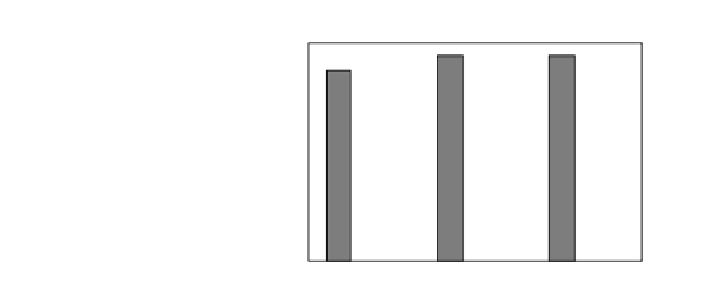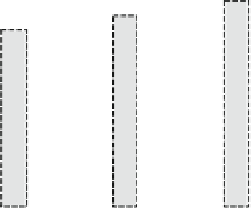Civil Engineering Reference
In-Depth Information
Fig. 4 Two-stage
investment with option to
abandon V
min
to implement
stage 1 (Menassa
2011
)
σv
=
0.1
σv
=
0.2
σ
v
=
0.5
$14
$12
$10
$8
$6
$4
$2
[I
1
-
I
2
]
(Million)
$0
[$1 - $9]
[$5 - $5]
[$9 - $1]
6.3.3 Multistage Investment with Option to Stage
In this scenario, all stages of the investment need to be implemented before the
building can be operated and occupied again. However, because of budgeting,
financing, and technical constraints, the decision-maker wishes to stage the
investment over a period of time. This might be the case where the building
requires major refurbishment that forces all the existing tenants of the building to
move to an alternative accommodation during the refurbishment process. The total
investment expenditure is still I; however, the expenditures at any specific stage
cannot exceed a preset rate i. Thus, if the NZER is to be implemented in n stages,
then I
P
k
¼
1
i
k
and i
k
i. This type of the investment allows the decision-maker
to stage the investment and stop or abandon the investment at any given stage
(Majd and Pindyck
1987
) and (Espinoza and Luccioni
2007
). However, if the
project is abandoned after several stages of investing, then the building owners
will not be able to operate the building because not all the refurbishment measures
are in place. This is a major difference between this scenario and that presented in
the previous section. Majd and Pindyck (
1987
) developed the partial differential
equations along with the boundary conditions for this type of investments
assuming a perpetual American option with time to build. A discussion of the
numerical solution can be found in both (Dixit and Pindyck
1994
) and (Majd and
Pindyck
1987
). For the purpose of this problem, the approximate solution pro-
posed by Espinoza and Luccioni (
2007
) is adopted to determine the value of this
investment at each stage NPV
m
. The assumptions underlying this approximate
solution are as follows:
1. I
0
is the present value of investment cost assuming that investment is contin-
uously made over a period of time T = I/i at a rate that does not exceed i. The
value of this investment cost at time k = 0 and k = m is given in Eqs. (
4
) and
(
5
), respectively:
























